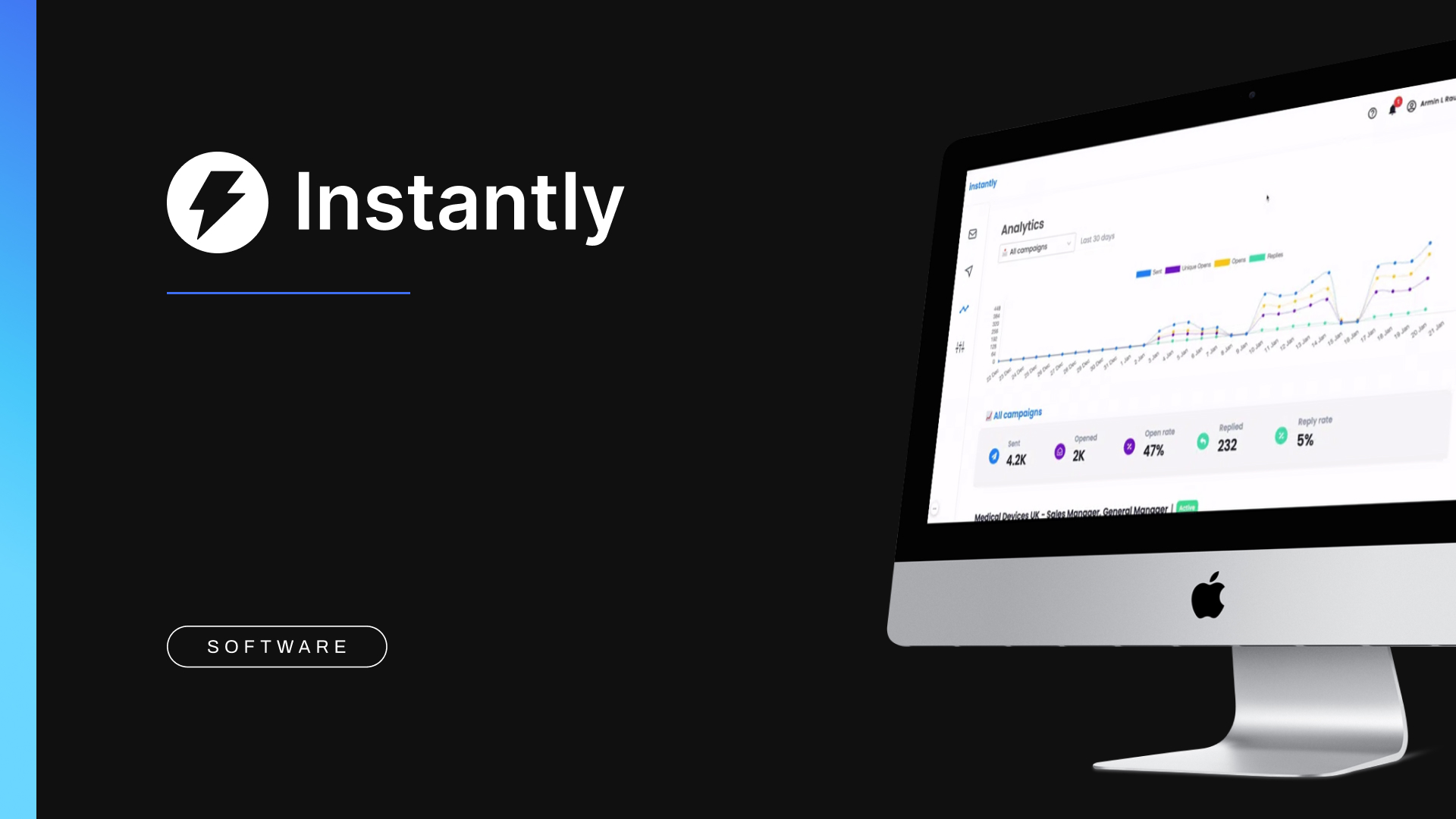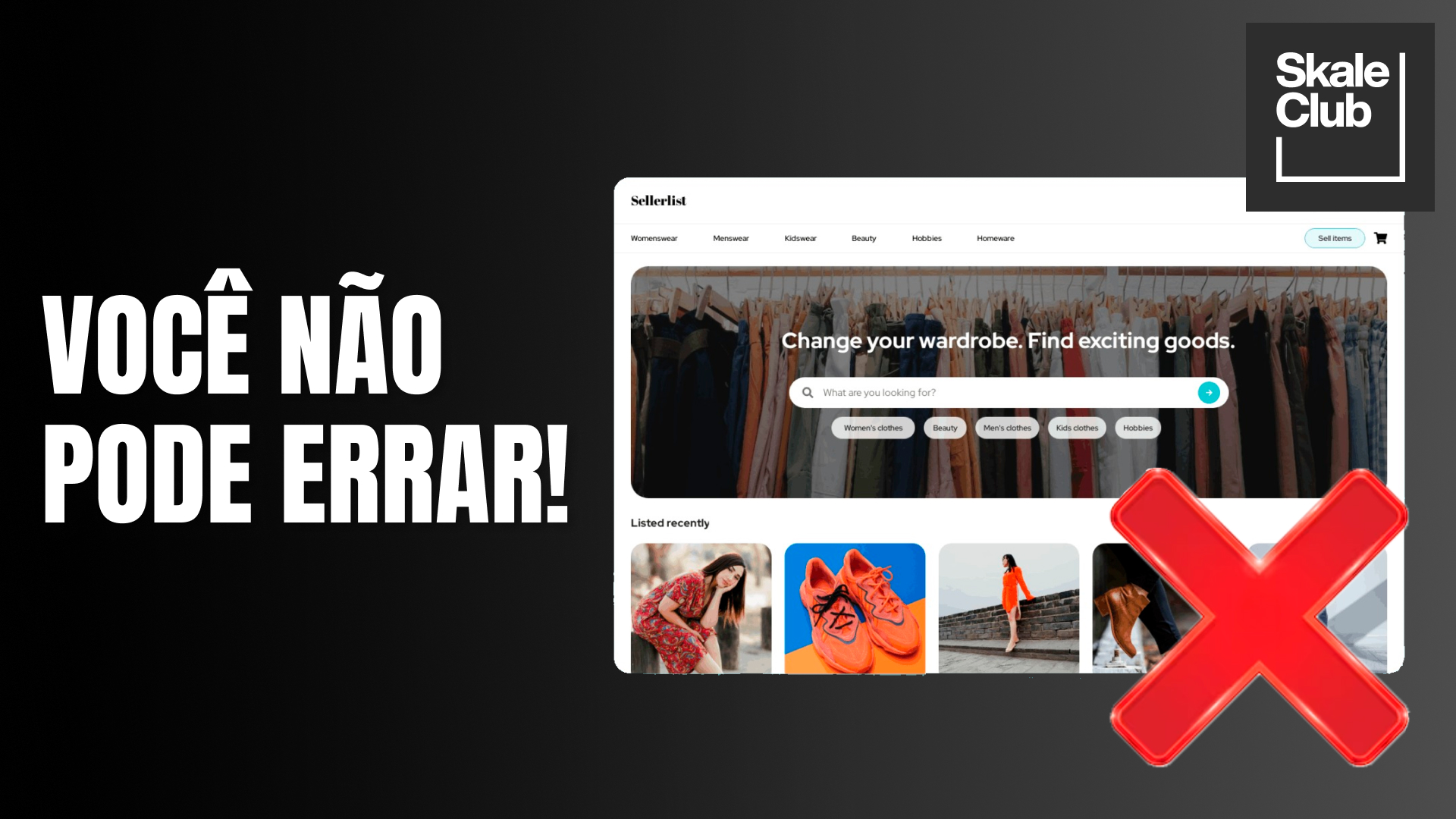Determining if a lead is good or bad is essential for marketing success. Some criteria can help in this evaluation. First, engagement is crucial: a lead that actively interacts with your content demonstrates real interest. In addition, it is important to consider whether the lead fits your target audience profile, having demographic and behavioral characteristics aligned with your offer.
The quality of the information provided also plays an important role. Leads that provide relevant and complete data tend to be more reliable. Finally, tracking the lead’s journey over time is essential. Leads that progress through the sales funnel stages indicate continued interest, while a lack of progress can signal lower quality. In short, identifying a good or bad lead requires analyzing engagement, fit-for-purpose, quality of information, and progress in the buying journey. By focusing on the most promising opportunities, you increase the chances of conversion and success in your marketing strategies.
In the fast-paced world of marketing, identifying qualified leads is crucial for success. While engagement with your content is a positive sign, it’s only one piece of the puzzle. To truly optimize your lead generation efforts, you need to delve deeper and understand the key qualities that differentiate a promising lead from one that might not pay off.
Beyond the Obvious: Examining Lead Quality
Moving beyond simple engagement metrics, let’s explore four crucial factors that paint a clearer picture of lead quality:
1. Data Depth: Diving into Relevant Information
Not all information is created equal. Leads who readily provide relevant and complete details about their needs, challenges, and budget demonstrate a higher level of interest and intention. Look for leads who offer specifics about their company size, industry, and decision-making process. This valuable information allows you to tailor your approach and assess their fit for your product or service.
2. Journey Navigation: Progressing Through the Funnel
Engagement is important, but active progression through the sales funnel holds even greater significance. Leads who download whitepapers, attend webinars, or request demos are actively seeking solutions and indicate a deeper interest in your offerings. Tracking their progress through these stages helps you identify leads who are truly invested and ready for a potential conversion.
3. Content Consumption: Beyond Basic Engagement
Going beyond basic metrics like opens and clicks, analyze how leads interact with your content. Do they spend significant time reading articles, engage in discussions, or download in-depth resources? This deeper engagement signals genuine interest and a higher likelihood of conversion compared to those simply skimming headlines.
4. Source Scrutiny: Understanding Lead Provenance
The source of your leads can also reveal valuable insights about their quality. Leads generated through targeted campaigns aligned with your ideal customer profile (ICP) tend to be more qualified than those from generic sources. Analyze where your leads are coming from and optimize your efforts to attract visitors who share your target audience’s characteristics.
Building a Qualified Lead Pipeline: Actionable Strategies
Identifying high-value leads is only the first step. Here are some strategies to leverage this knowledge and optimize your lead generation process:
- Lead Scoring: Implement a lead scoring system based on the criteria mentioned above. Assign points for relevant information provided, content engagement, and progress through the sales funnel. This system helps prioritize leads based on their potential conversion value.
- Lead Nurturing: Develop targeted lead nurturing campaigns tailored to specific lead segments. Offer content and resources aligned with their needs and stage in the buyer’s journey. This approach keeps them engaged and moves them closer to conversion.
- Segmentation and Personalization: Segment your leads based on their characteristics and tailor your communication accordingly. Offer personalized content, recommendations, and promotions that resonate with their specific needs and interests.
- Collaboration and Feedback: Break down silos and foster collaboration between marketing and sales teams. Share insights from lead analysis to develop a unified approach to nurturing and converting high-value leads.
Conclusion: Invest in Quality, Reap the Rewards
By going beyond surface-level engagement and delving into the key qualities of leads, you can build a pipeline of prospects genuinely interested in your offerings and more likely to convert. Remember, it’s not about quantity, but quality. By implementing the strategies outlined above, you can optimize your lead generation efforts, focus on the most promising prospects, and ultimately achieve greater marketing success.










